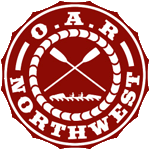Daily Update 2.3
Week 3: Module 2: Date 2/14/13
Happy Valentines Day!
Christopher Columbus, Leif Ericsson! Anyone else want a shot at the title of “first to discover” the Americas? When talking of discovery by Europeans or Africans or Chinese it must be noted that this is only a discovery in the sense that they were ignorant of the existence of this giant landmass filled with millions of people and numerous different cultures. All of these explorers are second to the indigenous people of the Americas who had been living there and prospering for thousands of years.
Today we will consider another group of explorers that haven’t made it into many school textbooks of the past. The Islamic Golden Age, which lasted roughly from 750 AD to 1258 AD, was a period filled with discoveries and inventions and expansion of the Muslim world.
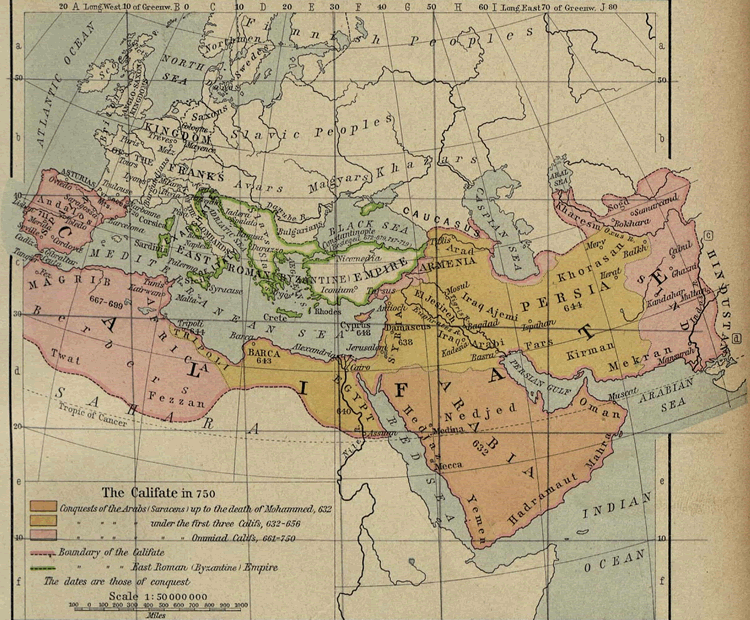
During this time the Muslims made many contributions to medicine, art, architecture, philosophy, science and exploration, including intricate mosaics and inlaid stonework such as this mosque in Damascus, Syria.
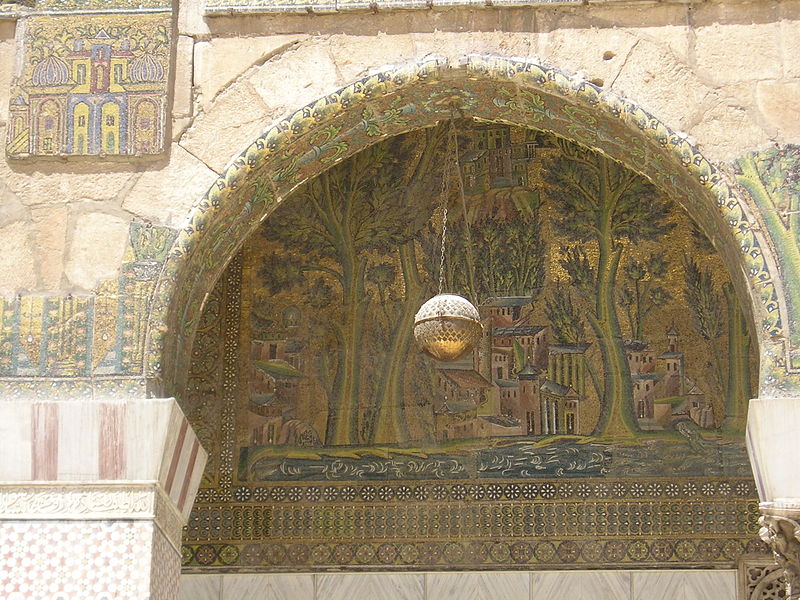
The Muslims were great traders and travellers and explored and established trade routes all over the Indian Ocean.
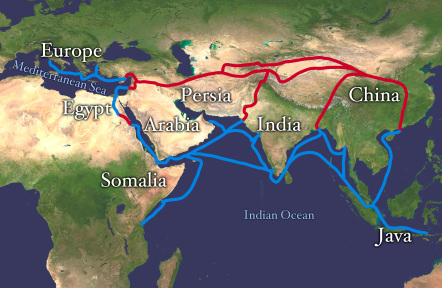
There are a number of sources* that date early Muslim contact with the Americas as early as 889 AD. Other records document Muslim crossings throughout the Golden Age. Shortly after the Golden Age ends there are records of a great Malian civilization in the 1300’s that sent an expedition of 400 ships to explore the Atlantic one of which returned and spoke of finding land across the ocean. For those of you who were following the location of the JRH shortly after they left Senegal, you would have noticed a dip southward in their course.
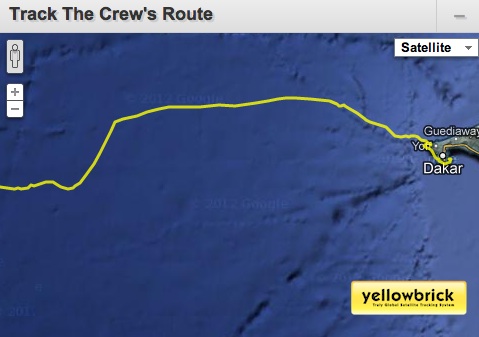
It was during this time that they were being pushed by the main current and the prevailing direction of the seas. Had they continued on this path, following the main direction of the seas they would arrive in South America instead of Miami. The place they departed from in Senegal was part of the vast Malian empire and being one of the westernmost parts of Africa, is quite likely very near to where the departures of the past Malian voyagers departed from.
There is one more powerful piece of evidence of early contact with South America and that is a map that was found in 1915 in Turkey.
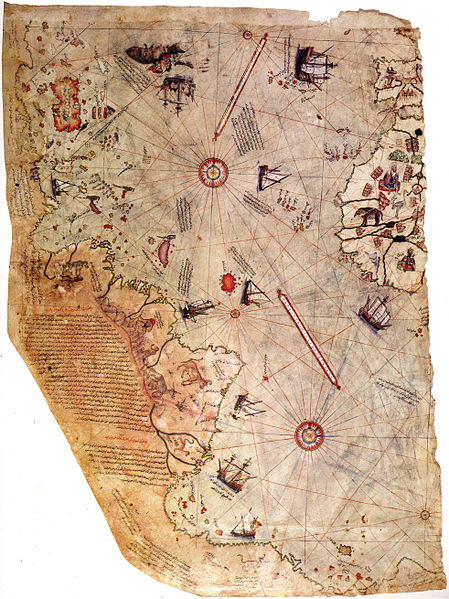
This map was drawn in 1513 and was based on numerous earlier maps including one by Columbus. This map shows, with great accuracy and detail, the coast of Brazil, where Columbus did not sail to. It also includes many details that the Europeans were yet to “discover.”
This again shows that history is a fluid subject, and as such it can often be very difficult to assemble a true narrative. Imagine reading a book with half the pages missing and then creating a story from that. That story then becomes the history of the world. Do you think some parts of your story would be missing or untrue?
*Sources:
http://www.personal.psu.edu/acw5128/Assignment7.html
